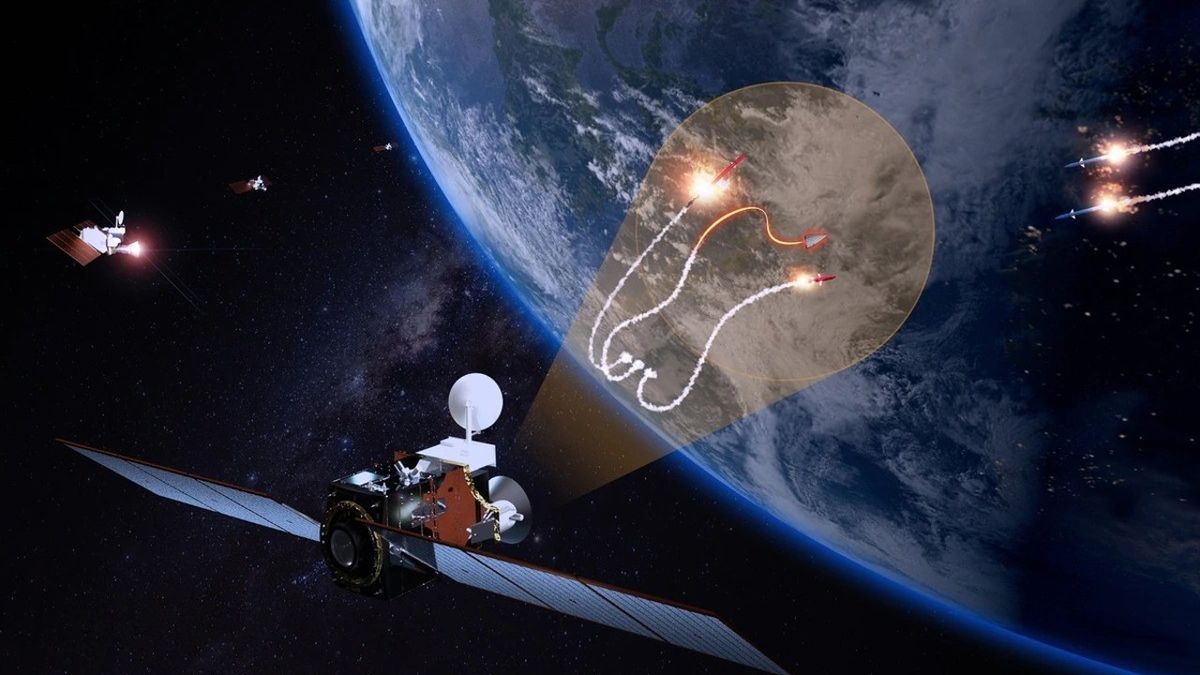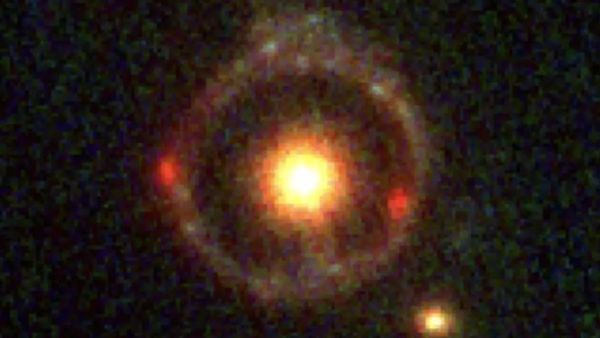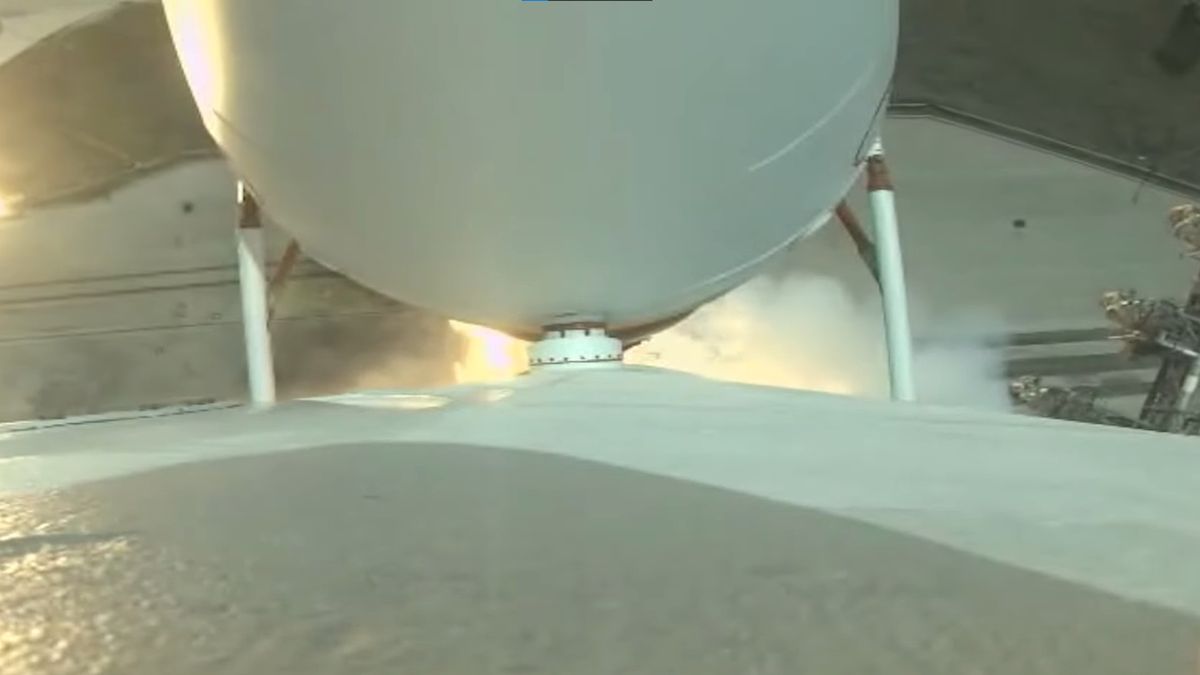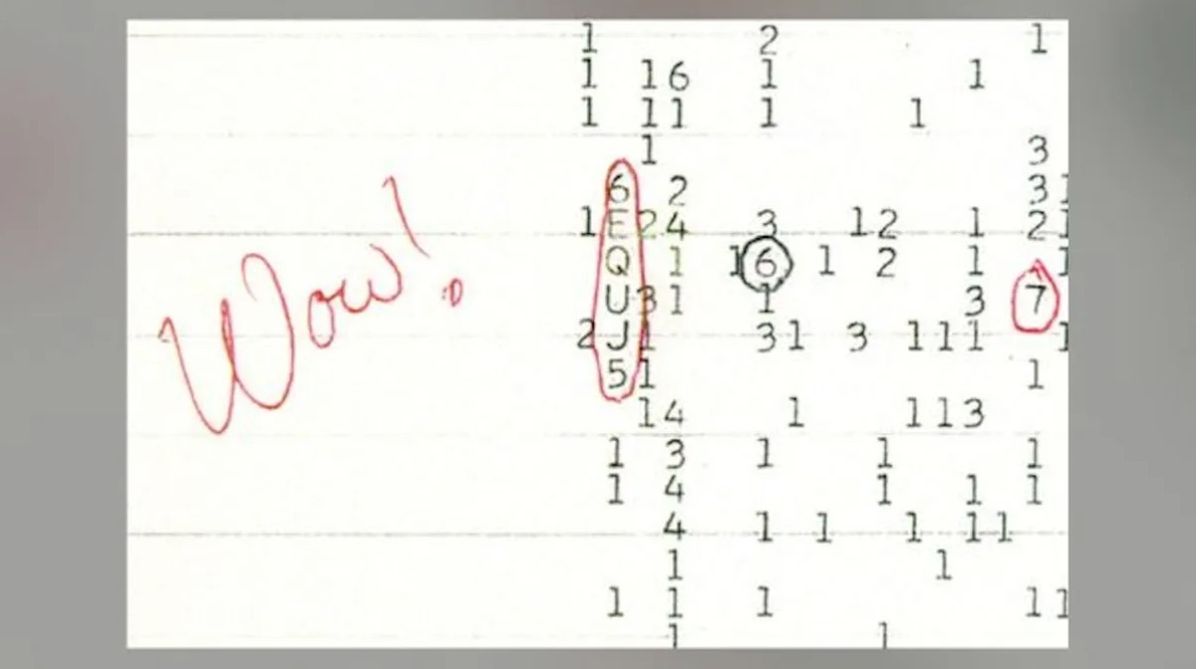United States Space Force Initiates New Satellite Program for Missile Defense
The United States Space Force has recently taken a significant step in advancing its capabilities by initiating the procurement of the first satellites for an advanced missile defense constellation. This groundbreaking endeavor is being spearheaded by the Space Development Agency (SDA), a critical component of the U.S. Space Force that is dedicated to the development of cutting-edge space technologies.
The SDA has awarded a substantial contract totaling $414 million to California-based Millennium Space Systems, Inc. This contract will entail the construction of eight satellites for the Fire-control On Orbit-support-to-the-war Fighter program, commonly referred to as F2 or FOO Fighter. These satellites will play a crucial role in detecting, warning, and tracking what the SDA identifies as “advanced missile threats,” including hypersonic missiles capable of reaching speeds between five and 25 times the speed of sound.
The primary objective of the FOO Fighter program is to enhance the United States’ defensive capabilities against evolving missile threats, thereby bolstering national security. The anticipated deployment of the satellites is projected to take place in the first quarter of 2027, according to a recent announcement by the SDA.
Strategic Focus of the FOO Fighter Program
While precise details regarding the FOO Fighter program remain limited, previous statements released by the SDA suggest that the satellites will be instrumental in providing fire-control support. Fire-control systems are integral components that integrate various technologies, such as radar and infrared sensors, along with targeting computers and missile interceptors. These systems play a crucial role in directing defensive measures toward incoming threats, maximizing the effectiveness of countermeasures.
Director of the SDA, Derek Tournear, emphasized the significance of the FOO Fighter program in augmenting the agency’s existing fleet of missile tracking satellites under the Proliferated Warfighter Space Architecture (PWSA). This initiative represents a strategic step forward in advancing the nation’s missile defense capabilities, further strengthening the resilience of the U.S. Space Force.
Tournear highlighted, “The FOO Fighter program will provide an operational demonstration of fire control efforts separate from, but complementary to, our missile warning/missile tracking and missile defense efforts already underway in the tranches. We look forward to working with Millennium, a new teammate in the expanding marketplace of performers innovating to deliver the PWSA for the warfighter.”
Advancements and Expansion of Satellite Constellations
The development and deployment of advanced satellite constellations represent crucial milestones in enhancing the nation’s space-based capabilities. The SDA’s Tranche 0 layer, comprising a total of 28 satellites, has been gradually launched, with the first 10 satellites lifted into orbit in April 2023 via a SpaceX Falcon 9 rocket. Subsequent launches in September of the same year saw an additional 13 Tranche 0 satellites enter operation.
Of the planned satellites within the Tranche 0 constellation, 20 are intended as communication relays, while the remaining eight will feature wide-field-of-view missile detection sensors. These satellites will be interconnected through laser data links, facilitating seamless communication and data transfer across the constellation.
It is noteworthy that the FOO Fighter program draws its name from the enigmatic UFOs known as “foo fighters” reported by Allied aviators during World War Two. These unidentified aerial phenomena appeared as luminous orbs or balls of fire, often trailing aircraft during flight operations. While the origins of these foo fighters remain a subject of debate, theories ranging from ball lightning to atmospheric phenomena have been proposed over the years.
Image/Photo credit: source url





